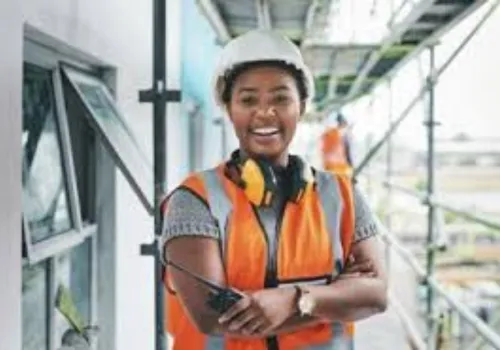
The construction industry has long been perceived as a male-dominated field, but recent data suggests that this narrative is slowly changing. According to newly released figures from the U.S. Census Bureau, women now make up 11.5% of payroll employees in the construction sector. While this number is still relatively low compared to other industries, it marks a steady increase over time, reflecting growing efforts to diversify the workforce.
One of the key drivers of this shift has been the Department of Labor’s Women in Apprenticeship and Nontraditional Occupations (WANTO) grant program, which has allocated millions of dollars toward increasing female participation in industries where they have historically been underrepresented. With the construction sector facing a workforce shortage projected to surpass 500,000 workers, attracting women to the field has evolved from a matter of diversity to a pressing economic necessity.
The share of women in construction has been rising steadily over the past several years. Prior to 2016, the percentage of women in the industry remained relatively stagnant, fluctuating between 8.9% and 9.5% from 2003 to 2015. However, since 2016, female representation has seen consistent growth, increasing nearly every year. In 2022, women made up 11.1% of the workforce, and by 2023, that figure had climbed to 11.5%.

This progress is largely attributed to industry-wide initiatives aimed at addressing labor shortages and promoting inclusivity. Many construction companies, trade organizations, and educational institutions have ramped up efforts to provide training, mentorship, and resources for women interested in entering the field. Additionally, targeted apprenticeship programs have played a pivotal role in equipping women with the skills necessary to thrive in construction careers.
Despite these gains, significant challenges remain. Women in construction often face barriers such as workplace culture, wage gaps, and limited access to leadership roles. The physical demands of certain construction jobs, combined with the perception that the field is better suited for men, can also deter some women from pursuing careers in the industry.

However, the rise of technology, automation, and modern construction techniques is helping to break down some of these barriers. Tools such as exoskeletons, advanced safety equipment, and digital modeling software are reducing the physical strain of construction work, making the industry more accessible to a broader workforce.
Furthermore, as more women enter the industry, networks and support systems are expanding. Organizations such as the National Association of Women in Construction (NAWIC) and local advocacy groups provide mentorship, training, and community-building opportunities that empower women to succeed in construction careers.
While women still represent a minority in the construction workforce, the industry is moving in a positive direction. The combination of workforce shortages, increased funding for training programs, and shifting attitudes toward gender diversity is opening new doors for women in construction.
If this upward trend continues, the construction sector could see even greater gender balance in the years ahead, helping to alleviate labor shortages while fostering a more inclusive and dynamic industry.